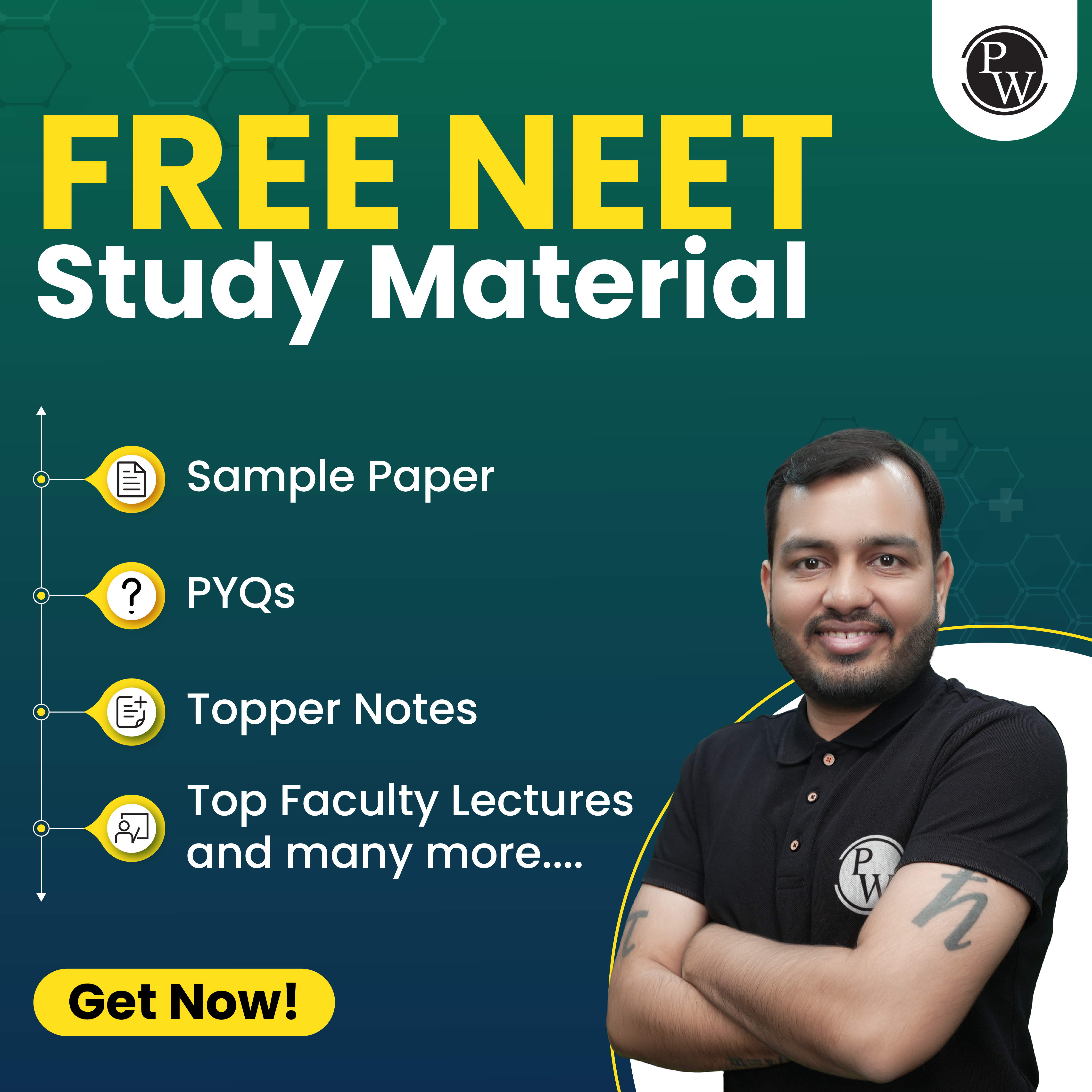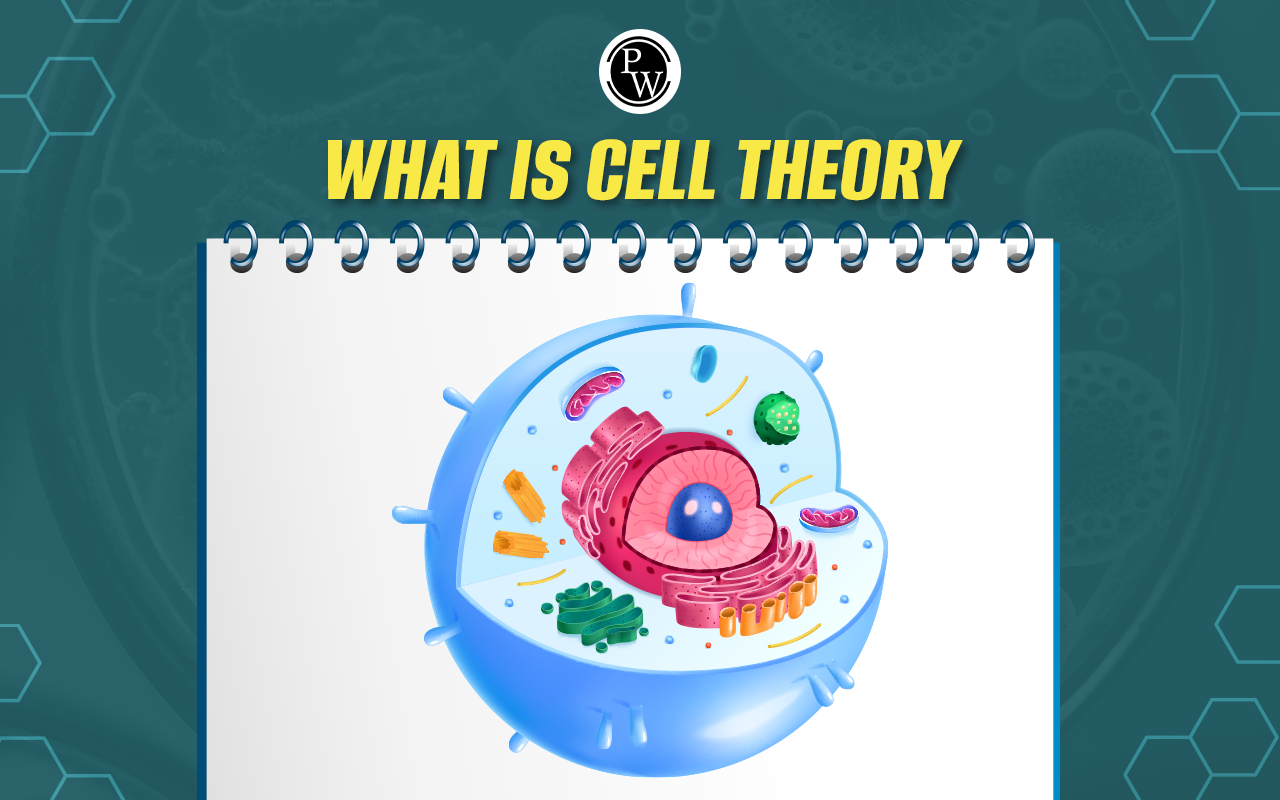
Mineral Nutrition MCQ Introduction
Mineral nutrition MCQ: Mineral nutrition pertains to minerals' essential role in fulfilling the nutritional requirements of plants, animals, and humans. Minerals are inorganic substances that organisms cannot synthesize but are vital for their growth, development, and overall health. These micronutrients encompass many elements, such as calcium, iron, zinc, magnesium, and selenium.
NEET Study Material, Free Sample Papers, Book, Toppers Notes, PYQs
Plants obtain minerals from the soil through their root systems; they absorb water carrying dissolved mineral ions which then travel upwards through the plant's vascular system. Animals acquire these crucial nutrients directly from plants or indirectly from other animals that have already assimilated them. In humans, maintaining proper mineral nutrition is fundamental for various physiological functions, including bone formation (calcium), oxygen transport (iron), cellular metabolism (zinc), nerve function (magnesium), and antioxidant defense mechanisms (selenium). Understanding mineral nutrition is pivotal to ensuring optimal growth and development and preventing deficiencies or imbalances that may lead to detrimental health outcomes.| NEET Exam Important Links | |
|---|---|
| NEET Syllabus | NEET Biology Notes |
| NEET Eligibility Criteria | NEET Exam Pattern |
| NEET Previous Year Question Papers | NEET Biology Syllabus |
Mineral Nutrition MCQ
Q 1. Cytochrome is
- Metallo flavoproteins
- Fe containing porphyrin pigment
- Glycoprotein
- Lipid
Answer- b, Fe containing porphyrin pigment
Explanation: Fe contains porphyrin pigment. Cytochromes are metallo flavoproteins that contain iron as a cofactor embedded in a porphyrin ring structure. Many biological processes rely on cytochromes for electron transport, including aerobic respiration.
Q 2. NO2 is converted to NO3 by which bacteria?
- Nitrobacter
- Nitrosomonas
- Nitrosococcus
- Bacillus vulgaris
Answer- a, Nitobacter
Explanation: Nitrobacter is a genus of bacteria capable of converting nitrite (NO2) to nitrate (NO3) through a process known as nitrification. This process is an essential part of the nitrogen cycle, which involves the conversion of various nitrogen compounds in the environment.
Q 3. What causes nitrogen fixation in Alnus root nodules?
- Bradyrhizobium
- Clostridium
- Frankia
- Azorhizobium
Answer- c, Frankia
Explanation: Nitrogen fixation in root nodules of Alnus is performed by nitrogen-fixing actinobacteria belonging to the genus Frankia. These bacteria associate with the roots of Alnus, forming a symbiotic relationship where the bacteria supply the plant with nitrogen while receiving carbohydrates as a reward from the plant.
Also Check:
Q 4. Which of the following is a symbiotic nitrogen fixer?
- Azotobacter
- Frankia
- Azolla
- Glomus
Answer- b, Frankia
Explanation: Symbiotic nitrogen-fixing organisms, such as Frankia and Azotobacter, are essential for ecosystem nitrogen cycling. These organisms convert atmospheric nitrogen into ammonia, which plants and other organisms can use for nutrition.
Q 5. What characteristic is not necessary to consider a nutrient essential?
- The element does not grow and develop the body
- Element is part of metabolic processes in plant
- Another element cannot perform the same function
- None of the above
Answer- d, None of the above
Explanation: A nutrient can be considered essential if it meets specific criteria, such as being an organic compound, a necessary part of metabolic processes, and a requirement for growth and development.
Q 6. Which of the following is an essential mineral nutrient?
- Oxygen
- Hydrogen
- Carbon
- Nitrogen
Answer- d, Nitrogen
Explanation: Among the options provided, nitrogen is a crucial mineral nutrient.
Oxygen, hydrogen, and carbon are essential for living organisms but are considered macronutrients rather than mineral nutrients. They are required in large quantities and are primarily involved in energy production and structural components of organic molecules. Nitrogen, on the other hand, is a critical mineral nutrient required by plants, animals, and other organisms. It is a constituent of proteins, nucleic acids, and other essential molecules. Nitrogen involves various biological processes, including plant growth, photosynthesis, amino acids, and DNA synthesis. It is often obtained by plants from the soil as nitrates or ammonium ions.
Q 7. Who proposed the idea that plants require essential minerals?
- Bernand Simpson
- Aristotle
- Von Haier
- Arnon and Stout
Answer- d, Arnon and Stout
Explanation: Arnon and Stout are credited with the proposal that plants require essential minerals to survive, a process called mineral nutrition. This concept revolutionized agricultural practices and has been used ever since to promote healthy, nutrient-rich plants.
Q 8. A lack of micronutrients affects plant growth and vital functions such as photosynthetic and mitochondrial electron flow. What three elements below will have the most significant impact on photosynthetic and mitochondrial electron transport?
- Co, Ni, Mo
- Ca, K, Na
- Mn, Co, Ca
- Cu, Mn, Fe
Answer- d, Cu, Mn, Fe
Explanation: These elements are essential for electron transport and regulating the flow of electrons in photosynthesis and mitochondrial respiration. A lack of micronutrients can lead to decreased production of ATP, which affects both processes. Therefore, the three elements with the most significant impact on photosynthetic and mitochondrial electron transport would be Cu, Mn, and Fe.
Q 9. Which of the following elements is not an essential micronutrient for plant growth?
- Zn
- Cu
- Ca
- Mn
Answer- c, Ca
Explanation: Calcium is not classified as an essential micronutrient for growth in plants. It is considered a macronutrient because plants require it in relatively large amounts compared to micronutrients. Calcium is involved in various plant processes, such as cell wall structure, cell division, and nutrient transport. However, it is not classified as a micronutrient because it is required in larger quantities by plants than the typical micronutrients.
Q 10. Under which technique do plants grown have roots in the air?
- Aeroponics
- Aerosolization
- Aerophytes
- Osmosis
Answer- a, aeroponics
Explanation: Aeroponic systems use a mist or spray of nutrient-rich water to provide essential minerals and elements for plant growth and the roots of the plants are grown in the air instead of soil, making aeroponics an effective technique for growing plants. Additionally, with this technique, plants can grow faster and stronger with less maintenance than traditional gardening methods.
Q 11. Which is not a trace element?
- Boron
- Zinc
- Sodium
- Carbon
Answer- c, Sodium
Explanation: Sodium is not a trace element. Trace elements are mineral nutrients needed in small amounts by living organisms for proper health and development. The most common trace elements include iron, zinc, selenium, iodine, magnesium, calcium, manganese, and copper.
Q 12. What is the function of zinc?
- Chlorophyll synthesis
- Carbohydrate oxidization
- 3-1AA synthesis
- Closing of stomata
Answer- c, 3-1AA synthesis
Explanation: Among the options provided, the function of zinc is most closely associated with (c) 3-1AA synthesis.
Zinc is an essential micronutrient for plants and plays a crucial role in various biochemical processes. One of its primary functions is in the synthesis of auxin, a type of plant hormone. Auxins are involved in numerous growth and developmental processes in plants, including cell elongation, root development, and apical dominance. The synthesis of 3-1AA (indole-3-acetic acid), a type of auxin, is influenced by the presence of zinc. Zinc acts as a cofactor for enzymes involved in the synthesis of 3-1AA, thereby contributing to plant growth and development. Zinc does not directly participate in chlorophyll synthesis, carbohydrate oxidation, or the closing of stomata. These functions are regulated by other elements and mechanisms within the plant.Also Check:
Q 13. Fixed nitrogen is released to the atmosphere as dinitrogen gas (N2) by which two distinct microbial processes?
- Anaerobic ammonium oxidation, and denitrification
- Aerobic nitrate oxidation, and nitrite reduction
- Decomposition of organic nitrogen, and conversion of dinitrogen to ammonium compounds
- Enteric fermentation in cattle, and nitrogen fixation by Rhizobium in root nodules of legumes
Answer- a, Anaerobic ammonium oxidation, and denitrification
Explanation: The two distinct microbial processes that release fixed nitrogen to the atmosphere as dinitrogen gas (N2) are: (a) Anaerobic ammonium oxidation, and denitrification, and (c) Decomposition of organic nitrogen, and conversion of dinitrogen to ammonium compounds.
Q 14. Biotin contains which of the following elements?
- Sulphur
- Magnesium
- Calcium
- Phosphorus
Answer- a, Sulphur
Explanation: Biotin is a water-soluble vitamin that is part of the B-complex group. Sulfur, an essential element of its chemical structure plays a crucial role in its biological activity. This vitamin is necessary for many metabolic processes involving carbohydrates, fats, and proteins, acting as a cofactor for enzymes related to these reactions.
In addition to this, biotin contributes to skin, hair, and nail's health. Contrary to what happens with sulfur, magnesium, calcium and phosphorus are not found in its chemical structure and have no direct relation with it.Q 15. What role does an essential element not play?
- being a component of biomolecules
- changing the chemistry of soil
- being a structural component of energy-related chemical
- activation or inhibition of enzymes
Answer- b, changing the chemistry of soil.
Explanation: Essential elements play various important roles in biological systems, but they do not typically play a direct role in changing the chemistry of soil. The primary function of essential elements is related to biological processes within organisms rather than altering the chemical properties of the soil itself.
Mineral nutrition MCQ FAQs
Is mineral nutrition important for NEET?
How many questions come from mineral nutrition?
What is the role of mineral nutrition?
How do I learn mineral nutrition?
What are the 2 types of minerals?










